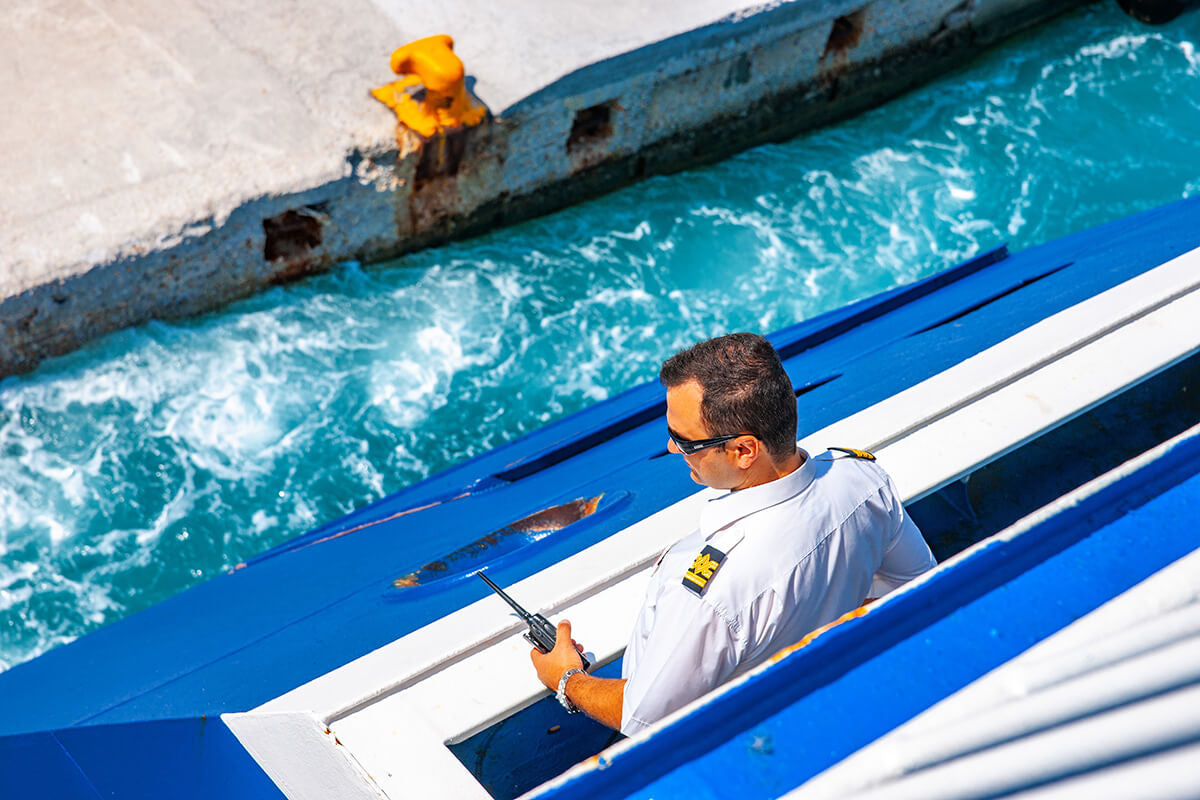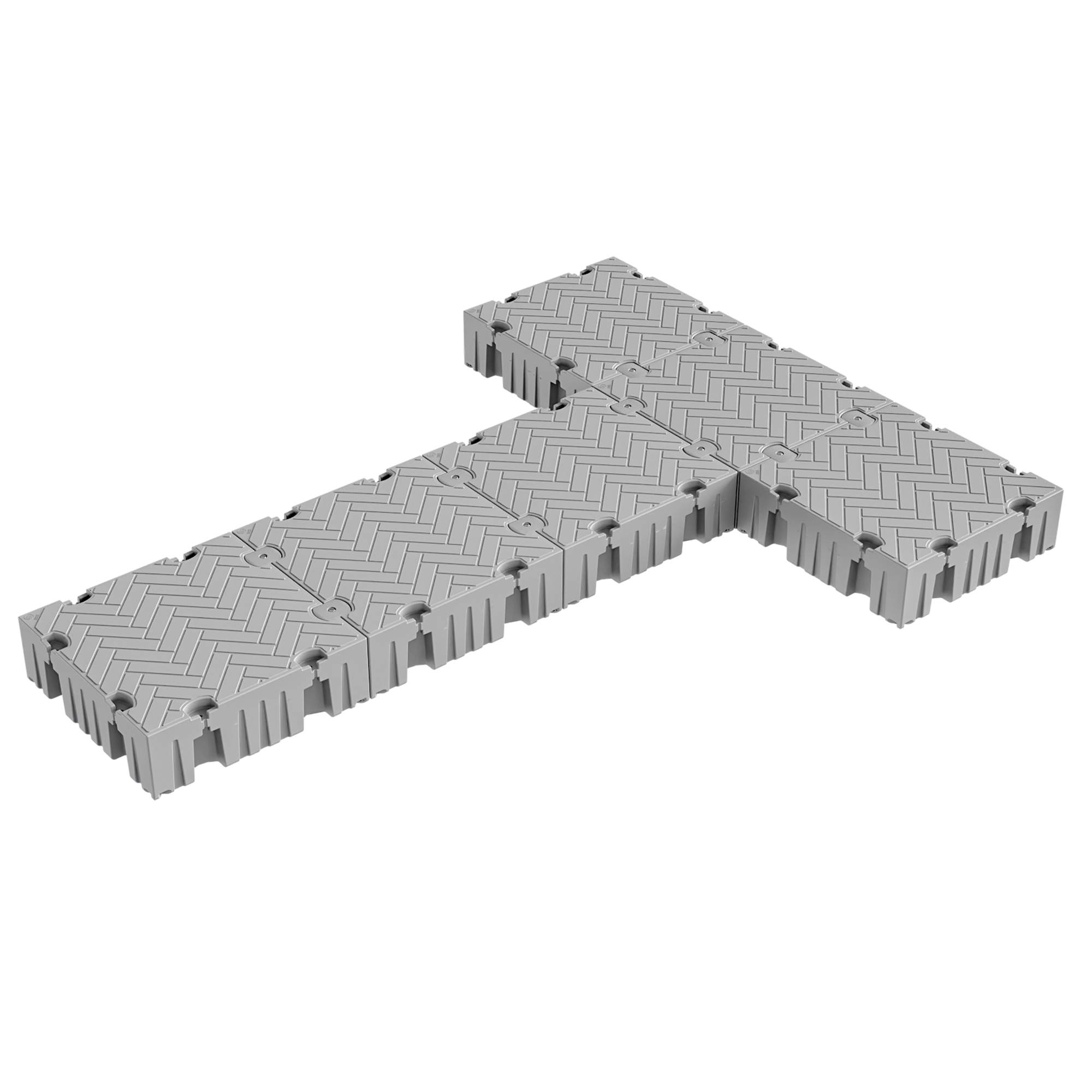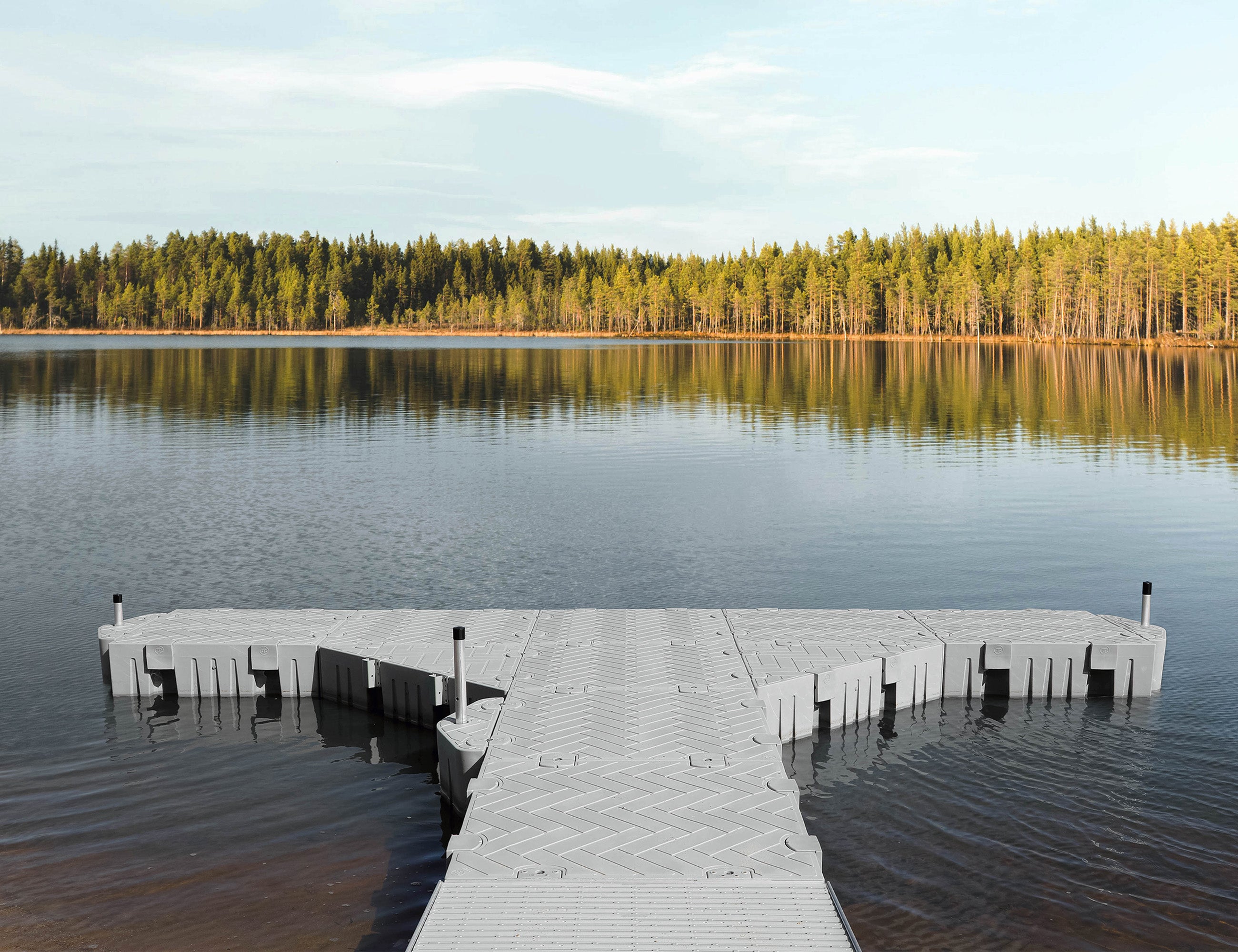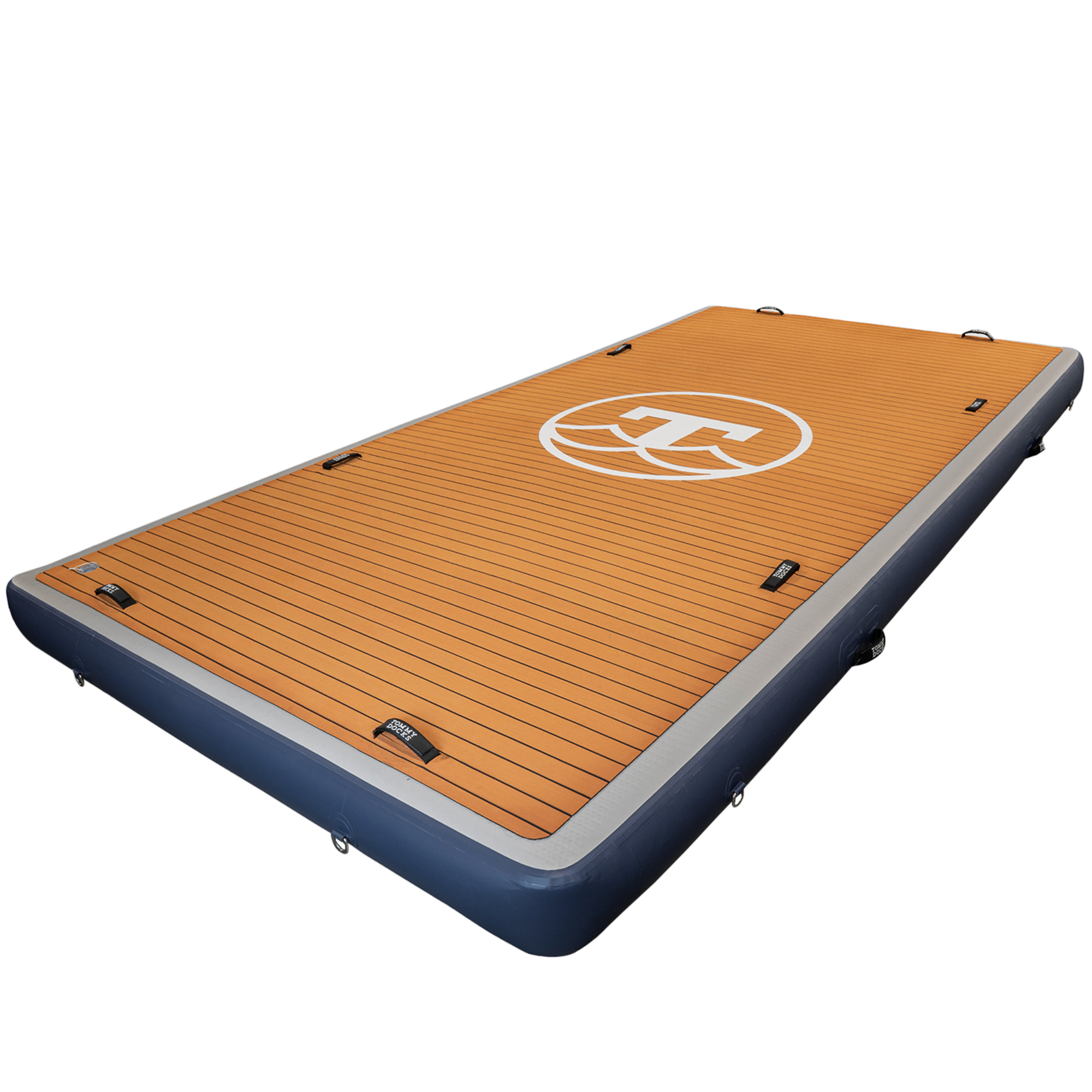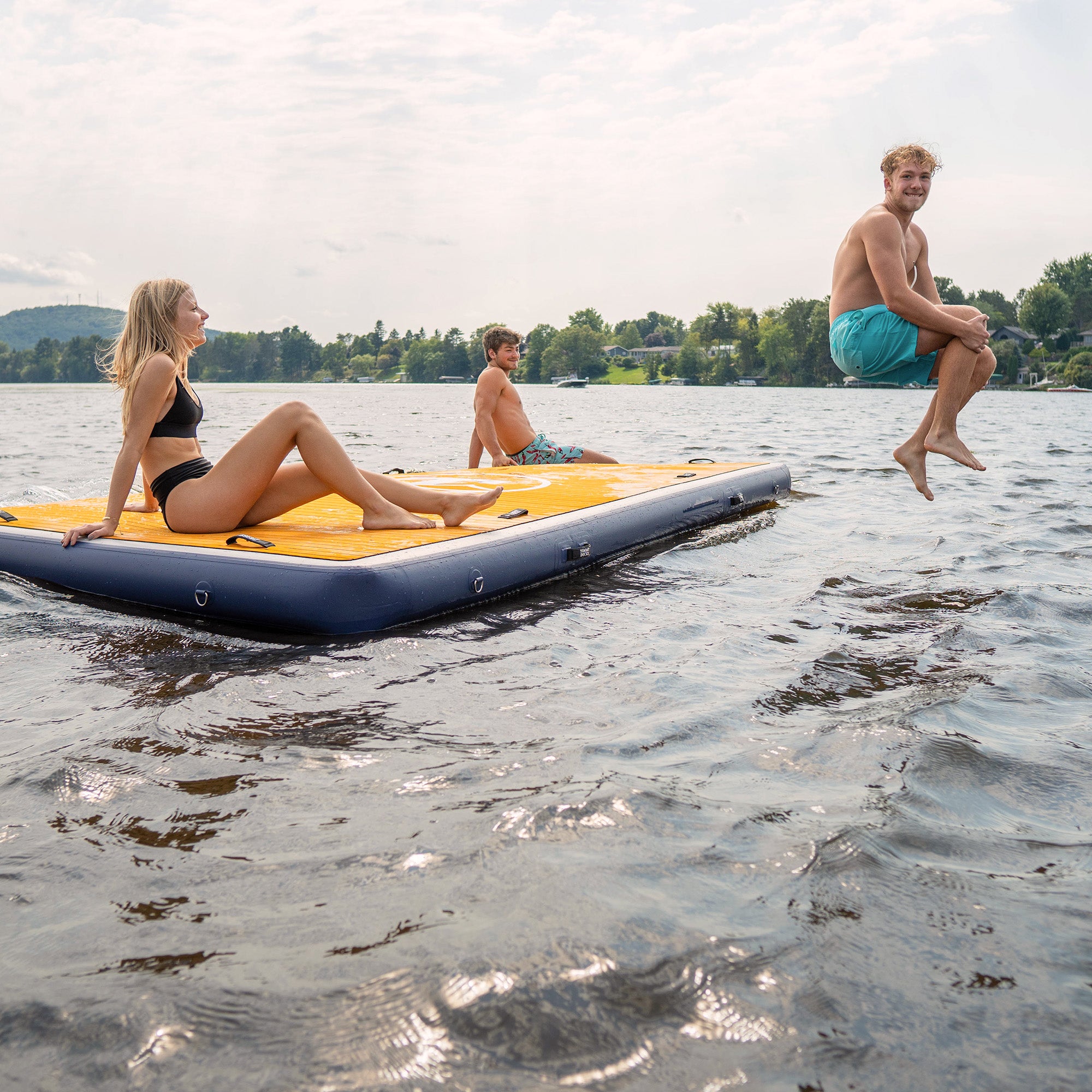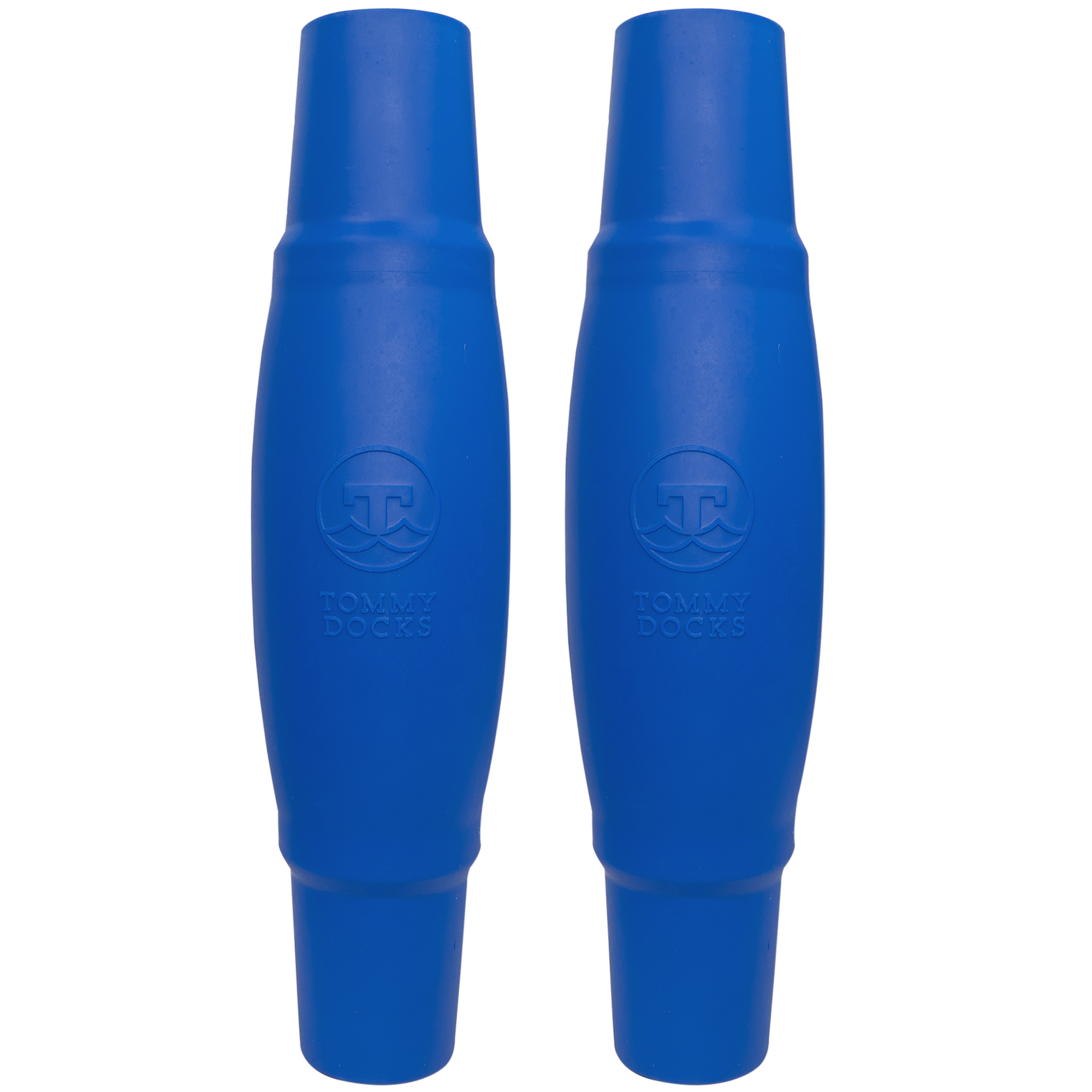
When it comes to enjoying time on your boat, the main perk is the relaxing nature of the activity. That said, some stress is involved when it comes to keeping your boat safe and secure. Many who are new to owning a boat and even long-time owners have trouble with one particular part of ownership: docking.
Docking a boat shouldn’t be a stressful step in an otherwise enjoyable experience. Having a good grasp on normal docking procedures, as well as being prepared for some obscure situations that can arise, is a must for all who own boats. We’re going to go through all of the necessary steps and knowledge you need to properly dock a boat. You certainly don’t want to damage your boat, and if you’re thinking about picking up a Tommy Docks dock, then you’ll be able to keep that good-as-new too with these tips.
Safe Approach Tips for Docking
One of the trickiest parts of docking a boat is approaching the dock itself. When it comes to your approach, the first thing to always remember is that a gradual reduction in speed is the best way to smoothly keep passengers happy and ensure a good docking experience. When you bring the boat along to the dock, make sure you already have everything you need to dock ready to go. This includes things like ropes, fenders, and other tools that help get you onto shore safely.
Now, you can certainly reduce speed and dock the boat yourself. That said, if you have a passenger with you, walk them through how they can help. You’ll start to idle the engine and point the boat towards the dock, which is where it helps to have a friend handy to assist in any fending off of the dock if your approach is a bit off. Keep your approach to less than 30 degrees from the dock itself and you should be ready to stick the landing.
Best Tips for Docking a Boat Safely
With a great approach, docking the boat is easy. Thanks to that less-than 30-degree angle you took at your approach, pulling in from here should be a breeze. When you near the docking point, move the engine into neutral and the boat’s momentum should head you straight for the pier. Be sure to turn your steering wheel away from the dock and you’ll find yourself arriving parallel to the pier. If you’re finding that your approach leaves you too far from the dock, be sure to put the engine in gear again for a quick amount of time and then repeat the above steps.
Inversely, properly docking your boat is impossible with too much speed. Don’t assume you can fix a fast approach by simply hoping for the best while in neutral. If you’re approaching the dock too quickly, put your engine in reverse and slow the momentum created from the initial gear shift. Wind can impact your speed as well, so be sure to keep this variable in mind during approach and docking.
What’s the Easiest Dock Design for Docking a Boat?
When it comes to keeping docking easy and painless, these steps go a long way in ensuring you don’t have any trouble making a safe arrival back to shore. That said, the shape of your dock can also impact how easy or tricky docking can be.
Depending on the length of your boat, a longer or shorter dock might make more sense for your needs. Likewise, straight and L-shaped docks offer a variety in how you store your boat as well as the approach you take to docking. Our Build Your Dock portal on our website is a great way to explore the different shapes that might fit your boat best. Take a look at measurements and materials to determine what seems best for your needs.
As always, we wish you safe waters and invite you to enjoy the best in boating when you shop at Tommy Docks.
